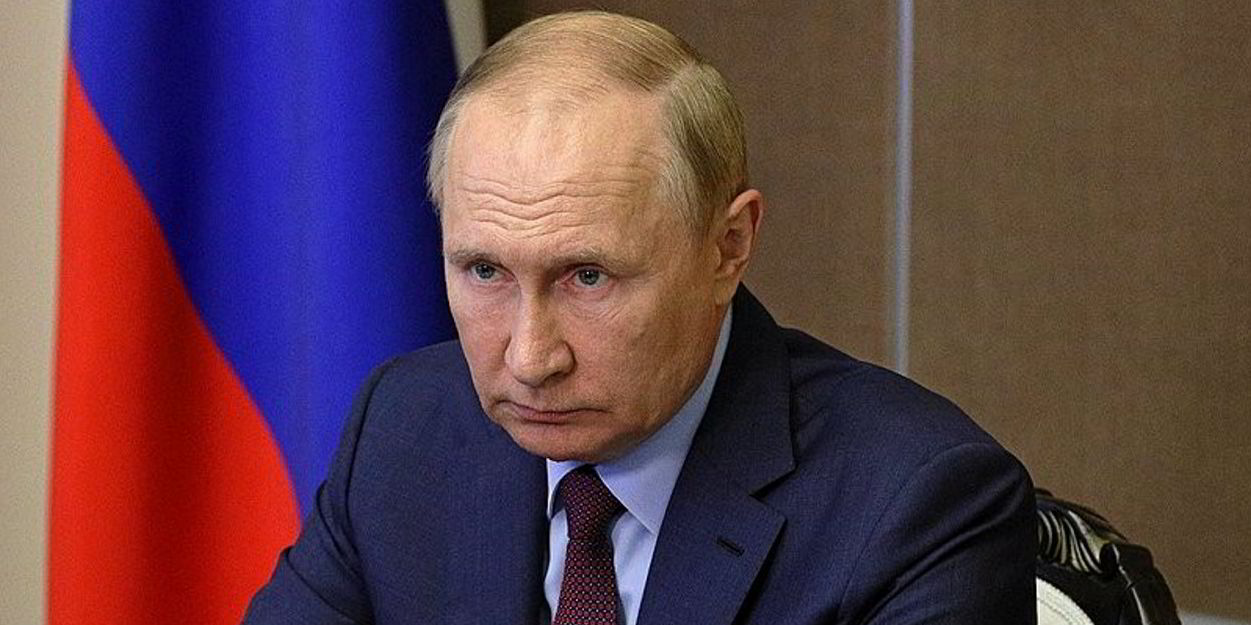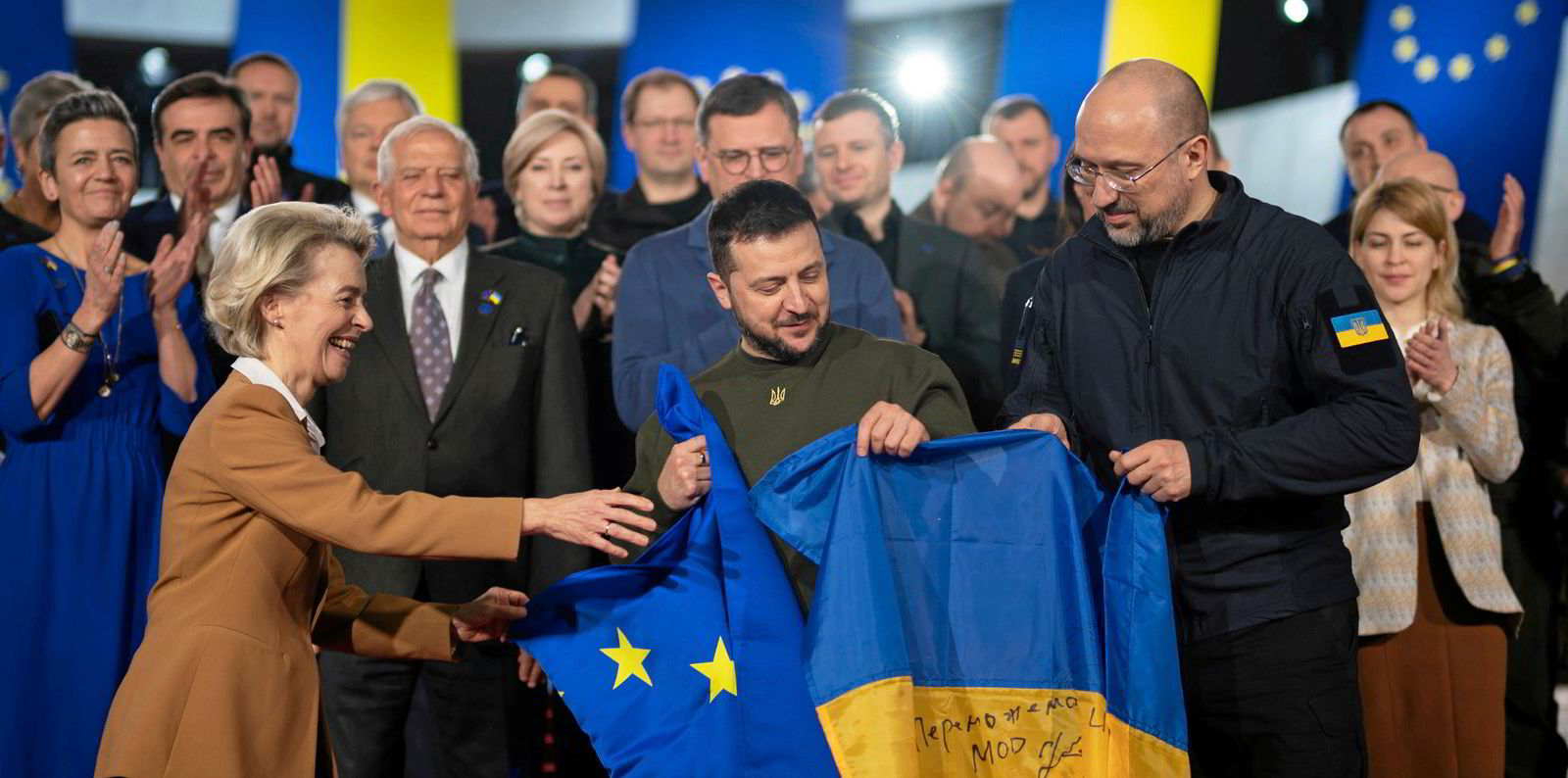The length of Russia’s ban on exports of diesel and gasoline will go a long way to determine its impact on the tanker market, says Poten & Partners.
The Kremlin has said the ban is “temporary” and designed to address rising domestic energy prices, but it gave no time frame for when it would end.
The export ban goes into effect immediately but exempts exports to Armenia, Belarus, Kyrgyzstan and Kazakhstan, as well as for humanitarian help, under intergovernmental agreements and for the Russian military in foreign countries.
“While the duration and the enforcement of the ban is still unknown, it is also not clear how it will affect the tanker market,” Poten said.
“Initially, there could be a dislocation of tankers that could raise rates as charterers try to secure tonnage, but much depends on how effectively the current fleet serving Russian exports is able to transition to other trades.”
Russia is the largest seaborne exporter of diesel and gasoil, followed by the US and Saudi Arabia.
Vortexa data shows that Russia exported 114,000 barrels per day (bpd) of gasoline and just over 1m bpd of diesel and gasoil in the first eight months of 2023 using tankers.
“Pre-war, Europe was by far the main importer of Russian petroleum products, but after the start of the EU import ban in February 2023, Turkey has become the largest importer,” said Poten.
This year, Turkey has imported 31% of Russia’s diesel/gasoil exports against 13% in 2022 and Brazil has imported 10%. The third-largest seaborne importer of diesel is Saudi Arabia at about 7%.
For gasoline, the United Arab Emirates has become the main importer with 32% of Russia’s exports followed by Nigeria with 18% and Libya with 10%.
“It is apparent that some of these countries use Russian imports to replace domestic production and export these freed-up barrels for a higher price,” said Poten.
The broker said another important question is what will happen with the ships currently involved in Russian exports.
“More than half of Russia’s seaborne diesel and gasoil exports originate from the Baltic and about 40% originates from the Black Sea,” the broker added.
“For gasoline, more than 75% is shipped from the Baltic and most of the remainder is loaded in Siberia, mainly Murmansk.
“About half of the total exports are shipped on handymax tankers and about 22% on handysize tankers. LR1 (15%) and LR2 (9%) tankers make up the remainder.”
Poten said this would be a test of how successfully the ships involved in Russian exports will be in transitioning to other markets.
The main owners involved in these trades are Russian, Turkish and some Greek owners, the broker said.
“Not all of these owners will find it easy to switch to regular trades as these often involve US or European ports or charterers that might limit their access to such markets through port state control or vetting requirements,” Poten said.





